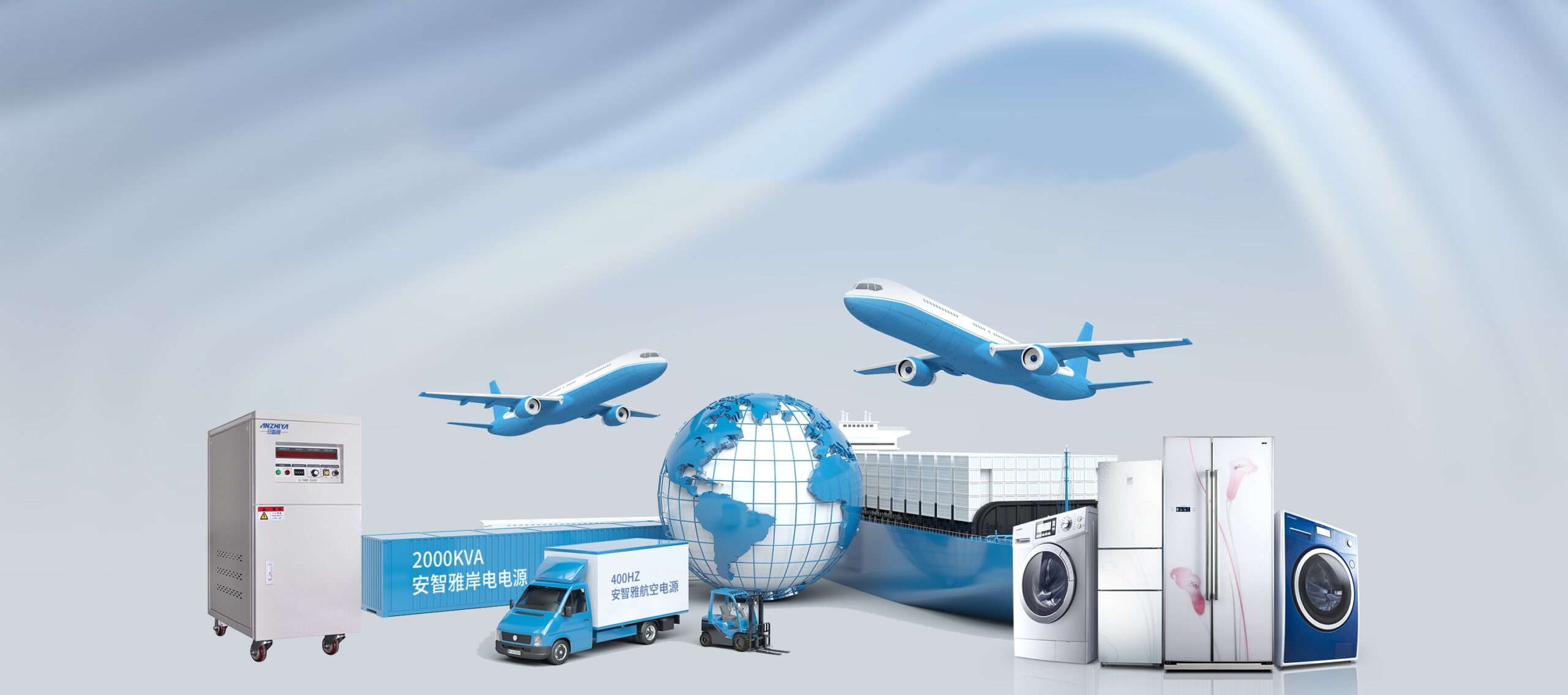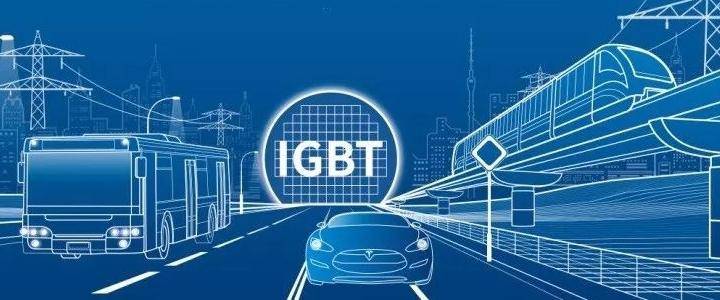Variable-frequency drive (VFD) is a power control device that applies inverter technology and microelectronics technology to control an AC motor by changing the frequency of the motor’s operating power supply.
In the classification of frequency converter, it is mainly distinguished according to the number of its input and output phases, including single-phase frequency converter and three-phase frequency converter.
What is a single-phase frequency converter?
A single-phase inverter distributes AC power using a system in which all supply voltages vary in unison.A single-phase AC power system consists of two wires called phase (fire/wire) and neutral.Depending on where you live, the single-phase voltage is usually 220V at a frequency of 50Hz.
Single-phase loads can be supplied from a three-phase distribution transformer in two ways: through a connection between one phase and the neutral or through a connection between two phases, both of which provide different voltages from a given power source.
E.g.on a 220/380 three-phase system, the phase voltage would be 220 V and the line voltage would be 380 volts, which would allow for a single-phase light to be connected to the neutral and three-phase motors to be connected to all three phases, which eliminates the need for a need for a separate single-phase transformer.

What three-phase frequency converter?
Three-phase power is a method of transmitting and distributing alternating current (AC) power, which is a common method of transmitting power in grids around the world.
A three-phase system has four conductors, three current-carrying conductors and a neutral wire, which has half the cross-sectional area of the FireWire.
Three phase system has several advantages over single phase system such as it requires few conductors, it also provides continuous power supply to the load, three phase has higher efficiency and minimum losses.

A three-phase system gives three-phase voltages of equal amplitude and frequency, and it provides an uninterruptible power supply, i.e., if one phase of the system is disturbed, the remaining two phases of the system continue to be supplied with power, and the magnitude of the current in one phase is equal to the sum of the currents in the other two phases of the system.
A three-phase inverter has a voltage of 380V between the two phases and 220V between the phase and neutral, so you can use a three-phase inverter to provide three single-phase inverters, which is how it is typically used for residential and small business loads.
The difference between single-phase and three-phase frequency converter
| Single Phase | Three-phase | |
| Describe | In single-phase power, the power is supplied through a single conductor. | In three-phase power, the power passes through three conductors. |
| Type | There is only one type of single-phase configuration. | There are two types of three-phase configurations: star and triangle. |
| Wave cycle | Single-phase power has a different wave period. | Three-phase power has three different wave cycles. |
| Voltage | The three-phase voltage is 220V. | The three-phase voltage is 380V. |
| System failure | A single-phase system has only one phase wire, and if the network fails, the power supply will fail completely. | In a three-phase system, if any one phase fails, the other two phases will continue to supply power. |
| Application | Single-phase power is mainly used to run electrical appliances with small loads in the home.Examples include lights, clothes dryers, heaters and low-power motors. | Three phase power is used in large industries and for running heavy loads. |
| Complex | Single-phase has two wires, one phase and one neutral; this keeps the network simple. | Three-phase network is a complex circuit consisting of four wires, three phase wires and a neutral wire, which is used to complete the circuit. |
| Power transmission capacity | Single-phase power transmission capacity is minimal. | Three-phase power transmission capacity is maximum. |
| Efficiency | For the equivalent circuit, the efficiency of single-phase power supply is lower than that of three-phase power supply. | For the equivalent circuit, the efficiency of three-phase power supply is higher than that of single-phase power supply. |
| Power Fluctuation | The power provided by a single-phase system fluctuates as it reaches zero three times per cycle. | In a three-phase system, the power fluctuates but never reaches zero. |
| Power loss | It is not possible to transmit more power through a single phase without losses. | More power can be transmitted losslessly via three phases. |
| Output | The output of a single phase system is less compared to a three phase system. | The three phase system has more outputs compared to the single phase system. |
| Power (detection) failed | Power outages are common. | Less prone to power outages. |


